Leads are the lifeblood of your business.
You need them to:
- Generate income
- Drive growth
- Become the go-to brand in your industry
These benefits only come about if you have a strong relationship with your leads, get to know them and give as much as you (hope) to receive.
But this creates a problem for many brands.
They know how to generate leads and get them into their sales funnel. However, it’s not clear what to do with the leads who are not yet ready to buy.
The answer?
Nurturing marketing.
Nurturing marketing presents a way to create lasting, value-driven, relationships with your middle-of-the-funnel leads who need a little extra motivation to buy.
Let’s take a closer look:

Manage all your social media accounts in one place.
Craft, schedule, & auto-post content to all your social channels, then track analytics and manage interactions from a single, easy-to-use dashboard.
What Is Nurturing Marketing (And Why Do You Need It)?
Nurturing marketing connects with a brand’s leads at each stage of the sales funnel to build stronger relationships.
This is done by crafting timely corporate communications that help to:
- Answer questions
- Handle objections
By focusing on engaging and educating your prospect.
Nurturing marketing communications typically come in the form of:
- Content marketing pieces
- Standalone apps and websites
- Marketing emails
- Customer service interactions
- Sales calls
Because they allow brands to perform a deep-dive into specific topics. Plus, many of these content types are easy to scale, distribute, and combine.
Using these content types results in a “slow and steady” approach to marketing that gently moves the customer through the sales funnel.
Thankfully, this approach is ideally suited to the digital age.
Google reports that 78% of customers now spend more time researching and learning about products online than they do in-store.
This means more people are investing more time in finding out whether a product is a correct fit for them. And, businesses are seeing the impact of this on their business.
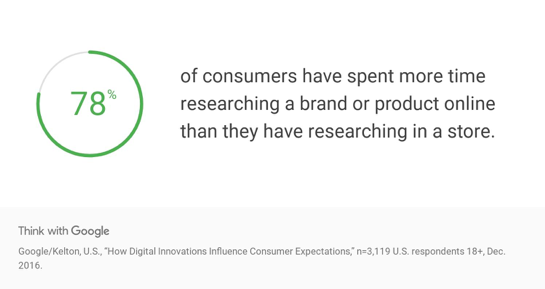
Ascend2’s research shows that 48% of businesses say their leads now require a long cycle of nurturing before they convert.
Nurturing marketing enables you to position your brand as the trusted choice once the lead has finished researching and is looking to buy.
As Loomly team member, James, found out:
The 2-Month Conversion Process: How Nike Turned James Into A Runner (And A Customer)
James was many things, but a runner was not one of them.
But, feeling unfit, he decided it was time to get out from behind the desk and do something about it. So, he pulled on a pair of old sneakers and went for a jog.
He ran for two weeks until — much to his own surprise — he began to enjoy himself and wanted to learn more about running.
James did a little research online and came across the Nike Run Club app.
It allowed him to:
- Learn more about running techniques
- Download training plans
- Listen to guided runs
- Track his distance and times
Whenever he needed something new to do or wanted to learn about a topic, he would just open the app, put in his headphones, and start running.
For the next eight weeks he did this until he felt like a real runner. And, when it came time to invest in proper clothes for running, there was only one option for him:
He went down to his local Nike store and spent $200+ on apparel:
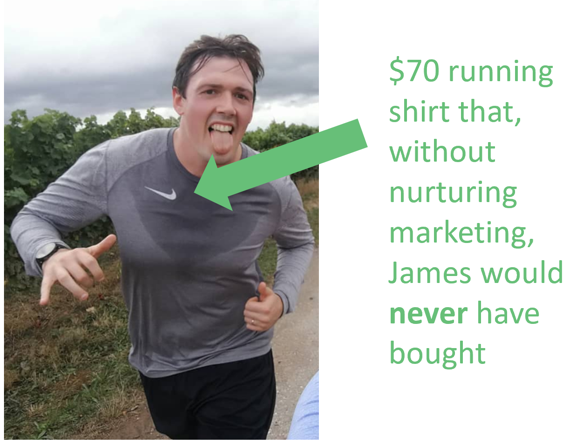
Nike created something relevant for James that was engaging and educational. And, for taking the time to help him, he became a loyal customer.
You do not need to create an app or an entire content database for nurturing marketing to have this impact on your customers.
Just taking the time to get to know their needs — and learning how to personalize — can have a significant influence on your brand’s bottom line.
69% More Revenue — How Nurturing Marketing Helped Helix Sleep Easier
Helix is a US-based mattress manufacturer that relies on nurturing marketing.

They know people do not impulse-buy a mattress. Instead, they want time to think about and understand why a particular mattress is right for them.
Because their customers think this way, they know their average lead takes around three months to convert. So, they have a large window of opportunity to:
- Get to know their customers
- Educate them on sleep and mattress types
- Address any questions or objections
They start this process with a simple quiz.
Much like talking to an in-person sales representative, potential customers can enter the specifications of what they need, and discuss how they sleep:
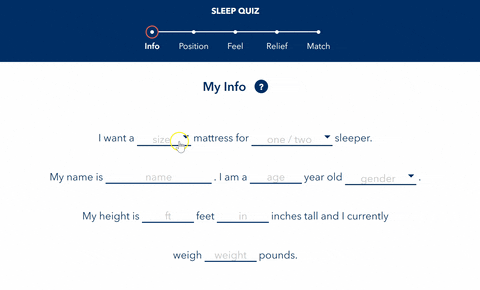
This allows Helix to deliver tailored advice to their customers by using drip marketing campaigns.
With this information also comes a layer of personalization and allows them to use the customer’s name in all of their marketing communications.
Since implementing this process, Helix has seen a:
- 54% increase in their email marketing open rates
- 69% increase in revenue from specific marketing campaigns
Nurturing marketing, then, can help to generate both engagement and income from your audience.
But how can you use nurturing marketing to help your brand, and what sort of models should you follow?
Well, we find there are four good models to choose from:
4 Types Of Nurturing Marketing Campaigns You Can Start Using Today
For the purposes of this article, we are going to focus on drip campaigns.
These are automated campaigns that deliver content to your leads based on behaviors or triggers. The path your leads takes dictates the content they receive.
You can easily set these up and start using nurturing marketing today.
Most of these campaigns can be performed using:
- Email marketing software
- Autoresponders
- Drip marketing tools
You can read more about the tools a little later in this article.
But first, let’s take a look at some of the nurturing marketing models you can use.
1. Topic-Focused Campaigns
Topic-focused campaigns look to educate a lead based on a topic they have explicitly expressed interest in.
We saw an example of this earlier when we looked at James’s running story: he was interested in learning more about running and Nike delivered that content directly to him.
But this can be tailored even further.
For example:
Double Your Freelancing is a company that provides training to freelancers on how to increase their revenue.
Leads enter their sales funnel by way of a free online course. But, because “freelancing” is such a broad term, they ask leads to enter their job type when signing up:
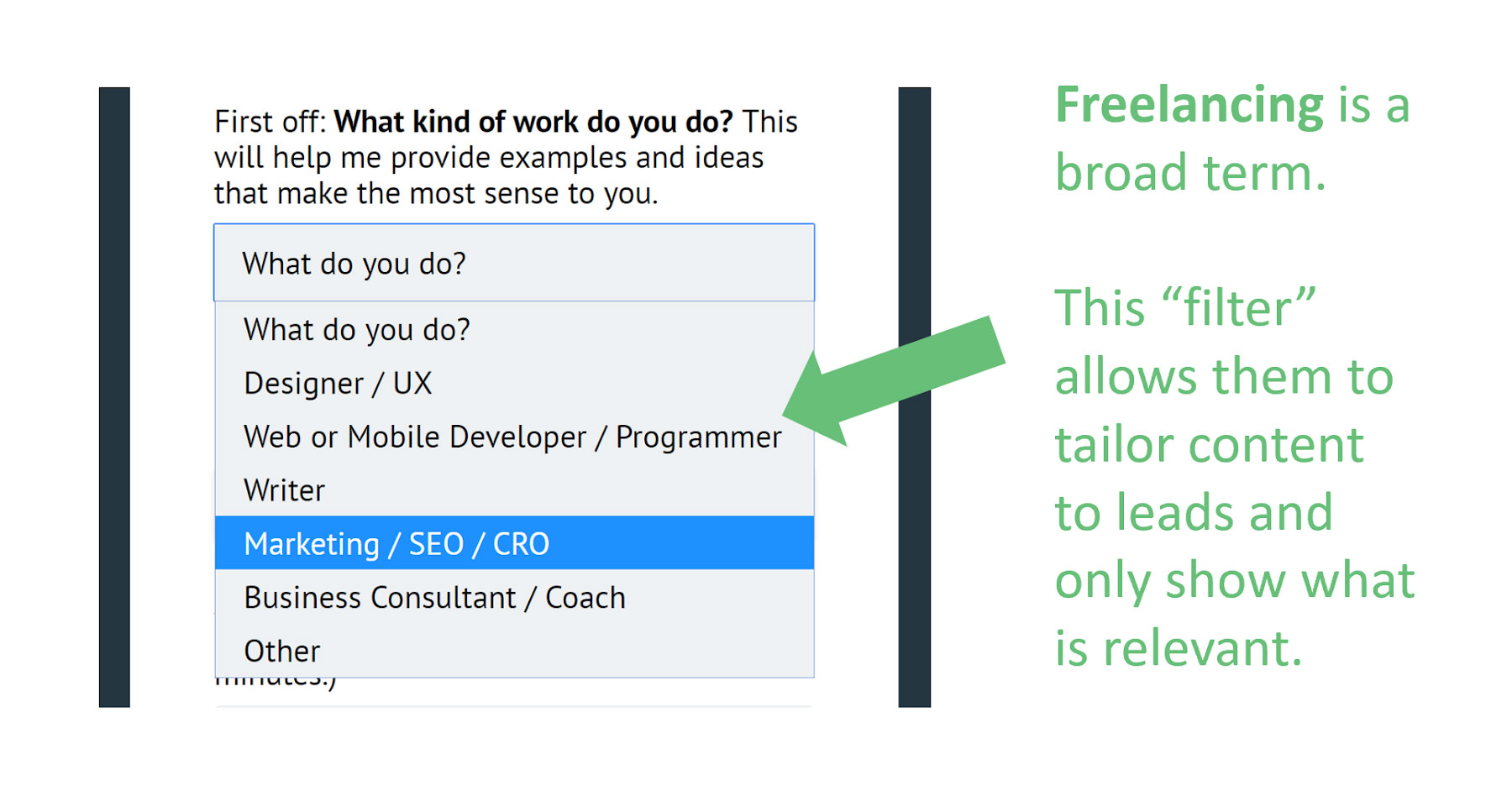
This personalization allows them to offer educational content that is hyper-specific to the lead upon sign up.
Implementing this strategy dramatically increased Double Your Freelancing’s product sign-ups and helped them to achieve a 22x ROI of their Facebook advertising.
You can set this type of campaign to trigger when a lead enters your sales funnel through topic-specific elements like:
- Courses
- Content upgrades
- Webinars
- Free reports
- Targeted adverts
To further educate them on the topic, they initially wanted to learn about.
2. Free Trial Campaigns
Free trial campaigns are perfect for nurturing marketing.
They can bring new leads into your sales funnel and educate them about your product along the way.
This means sending emails that show the lead how they can:
- Maximize their use of your product
- Achieve their desired result
These types of campaign work well for digital and subscription products.
For example:
Uscreen, a video monetization platform, found that their users who offered free trials to their subscription services converted 52% of their leads into paying customers.
3. Abandoned Cart Campaigns
Abandoned cart emails present a great opportunity to interact with your leads.
It may feel as though you have “lost” a lead when they leave your website without making a purchase. But, research shows that this type of behavior is perfectly normal.
Brands can experience abandoned cart rates of up to 80% but the leads are only “lost” if you choose to let them be.
In fact:
Optinmonster found that abandoned cart emails sent to leads within the first hour of them leaving a site convert at around 20%.
4. The “Soap Opera” Campaign
Soap opera sequences are email marketing campaigns that slowly deliver content over time; each individual email makes up an “episode” of a much larger story.
These email campaigns can be used to entertain or educate your leads and keep them engaged with your brands content.
Let’s say we were going to create a “social media skills” soap opera sequence for Loomly customers. We might create a series of emails like:
- Email 01: “Why social media skills are essential in 2019.”
- Email 02: “3x social media skills every brand needs.”
- Email 03: “Skill #1 – How to create a killer profile.”
- Email 04: “Skill #2 – How to network without selling your soul.”
- Email 05: “Skill #3 – How to create the perfect social media calendar.”
- Email 06: “Case Study — How these 3x social media skills transformed Noemie’s life.”
Each of these emails builds on the last and gives the lead a reason to open each email because they have greater context and vested interest.
You can easily create campaigns like this to trigger upon sign up to your email sales funnel. And, the content can be repurposed from existing content on your blog.
The 5 Nurturing Marketing Tools Every Brand Needs
Now you know how to start nurturing marketing, you are probably wondering what tools you can use to make it easier and maximize your impact on your leads.
Well, as luck would have it, there are several tools that we find truly helpful:
Tool #1: Loomly
Loomly’s brand success tool allows you to manage, nurture, and spread your brand message through social media.
We help you to create and target impactful nurturing marketing content to your audience that will show them exactly why they should choose your brand.
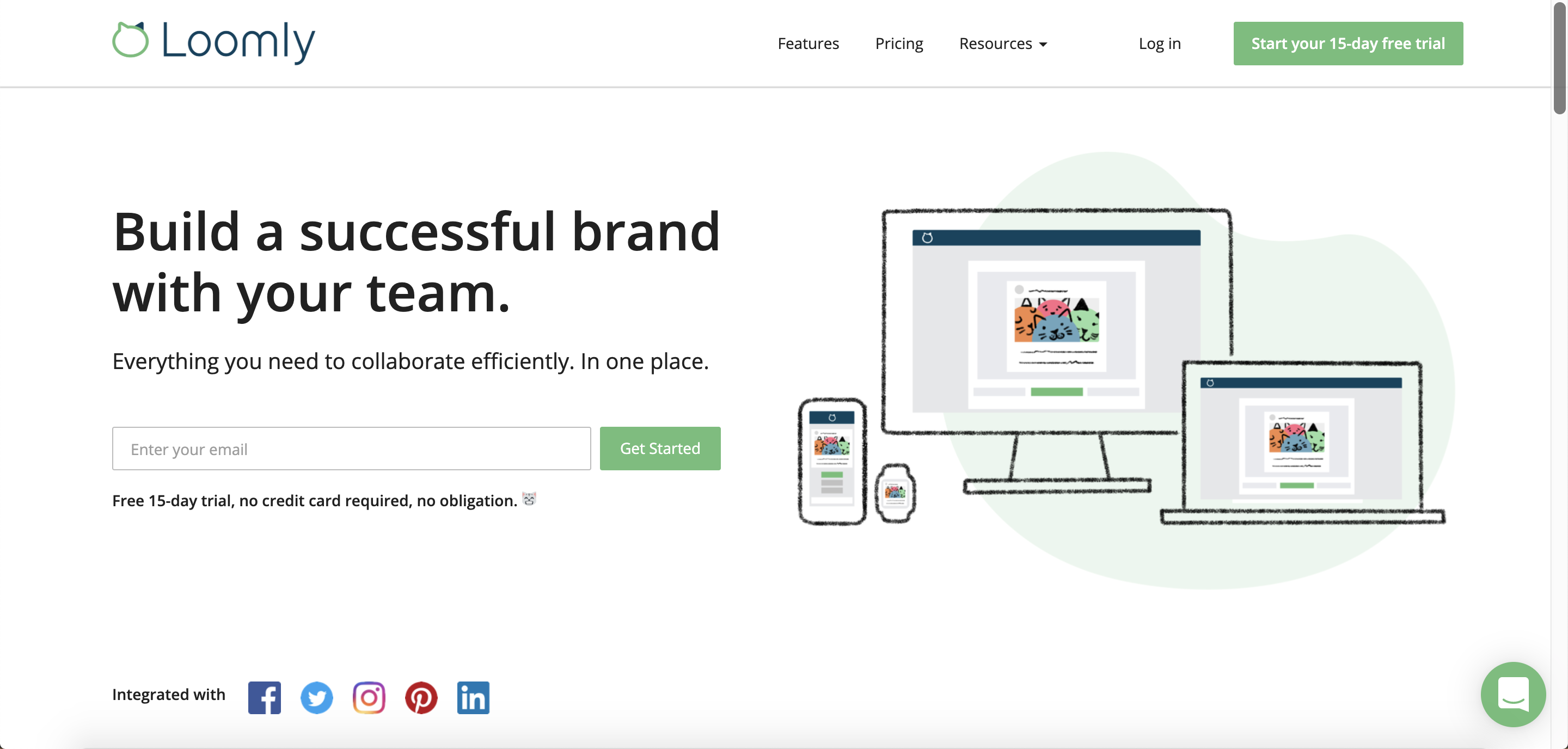
With Loomly you can:
- Craft social media posts
- Schedule and plan your updates
- Generate data-driven content ideas
- Promote posts to your audience
- Create comprehensive workflows
Making nurturing marketing easy, efficient, and enjoyable.
Tool #2: MailChimp
MailChimp is a go-to email tool for nurturing marketing.
They have a simple and easy-to-use interface that makes creating autoresponders incredibly easy.
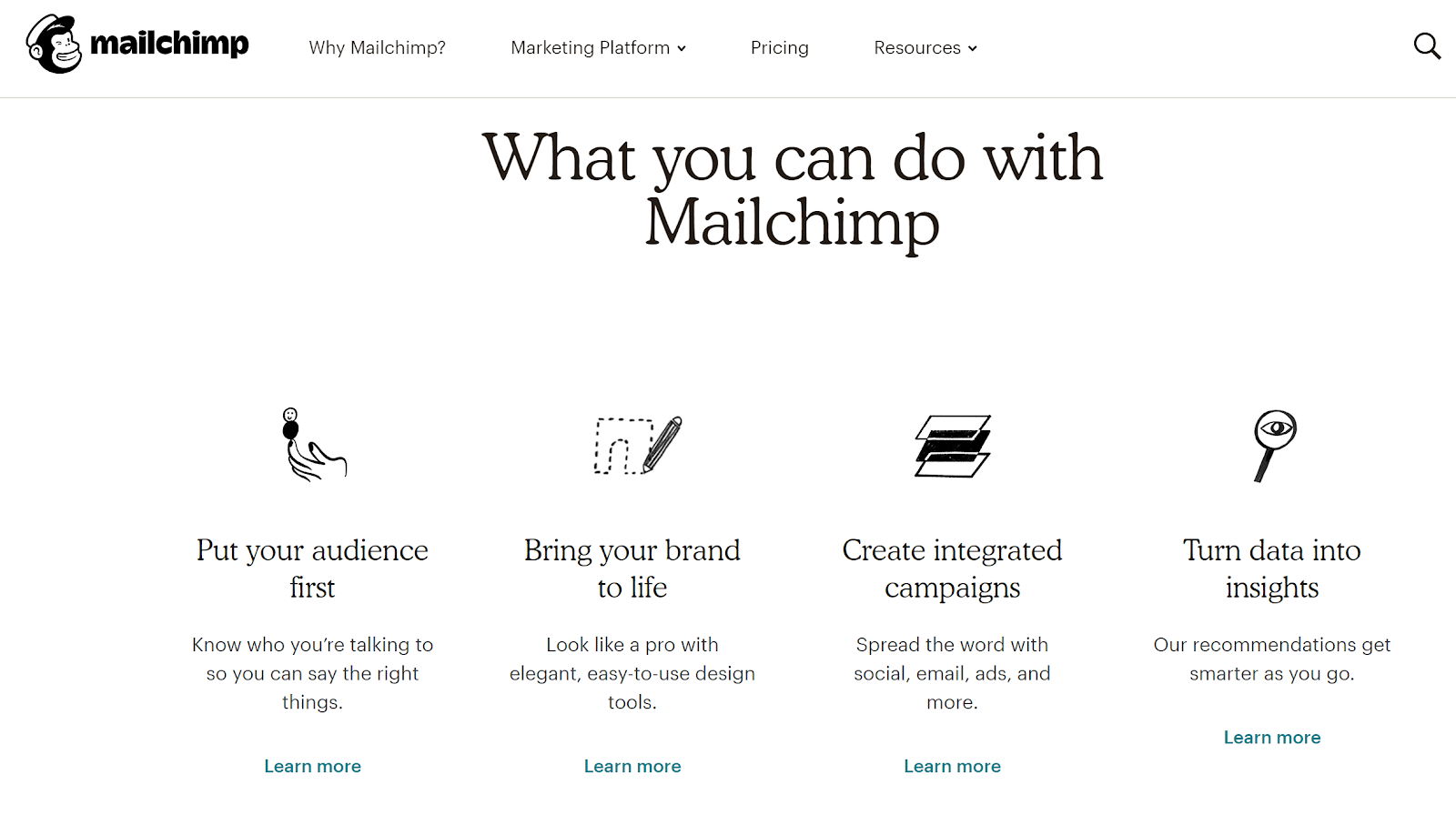
Their service can be integrated with a high number of platforms to make creating automated campaigns — like abandoned cart emails — seamless for both you and your customers.
Tool #3: Intercom
Intercom is a must-have nurturing marketing tool.
Their software allows you to “live chat” with customers while they are on your website, so you can handle objections and provide advice as quickly as possible.
This means you have a quick way to:
- Acquire
- Engage
- Support
All of your website’s leads.
We have been using Intercom as part of nurturing marketing for several years and have seen brilliant results:
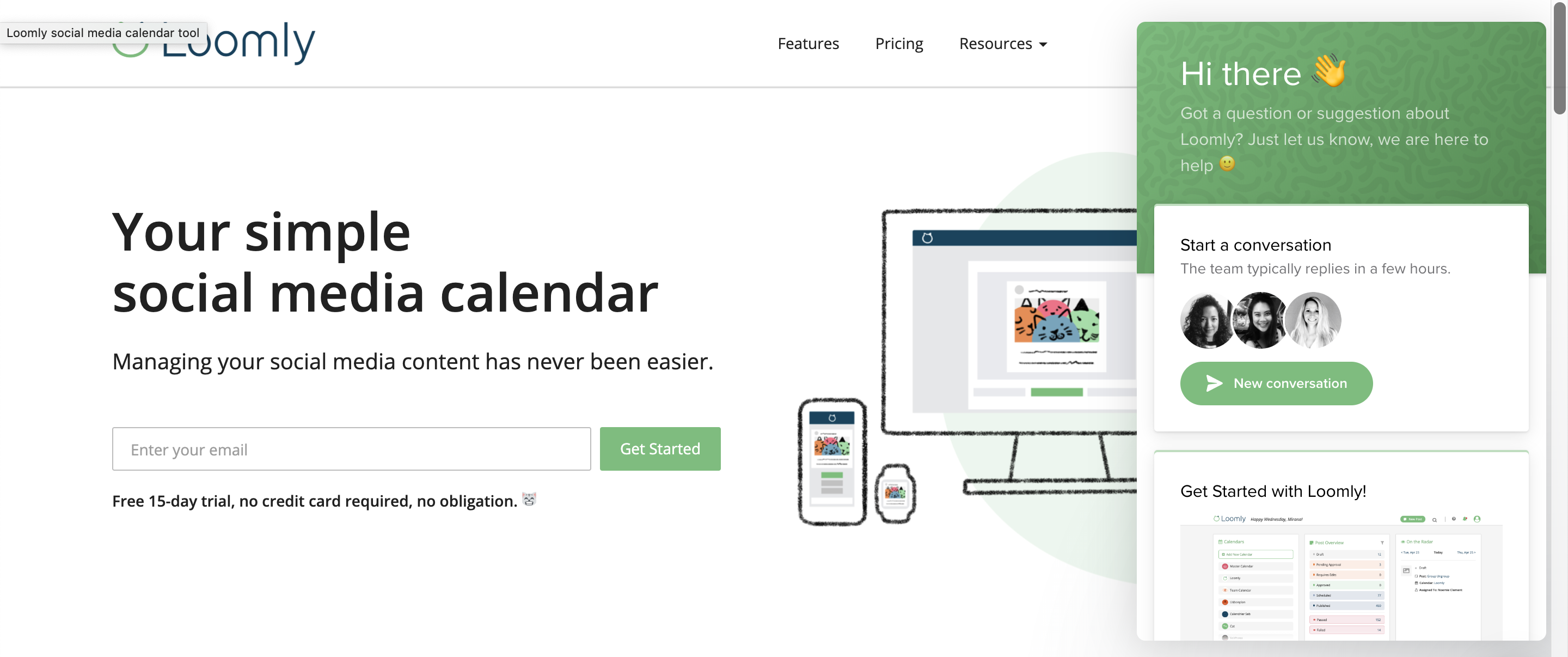
Tool #4: Segment
Segment makes understanding and interpreting customer data really easy.
They take the data from several different sources — like Google Analytics and Intercom — and break it down into a simple to understand and share format.
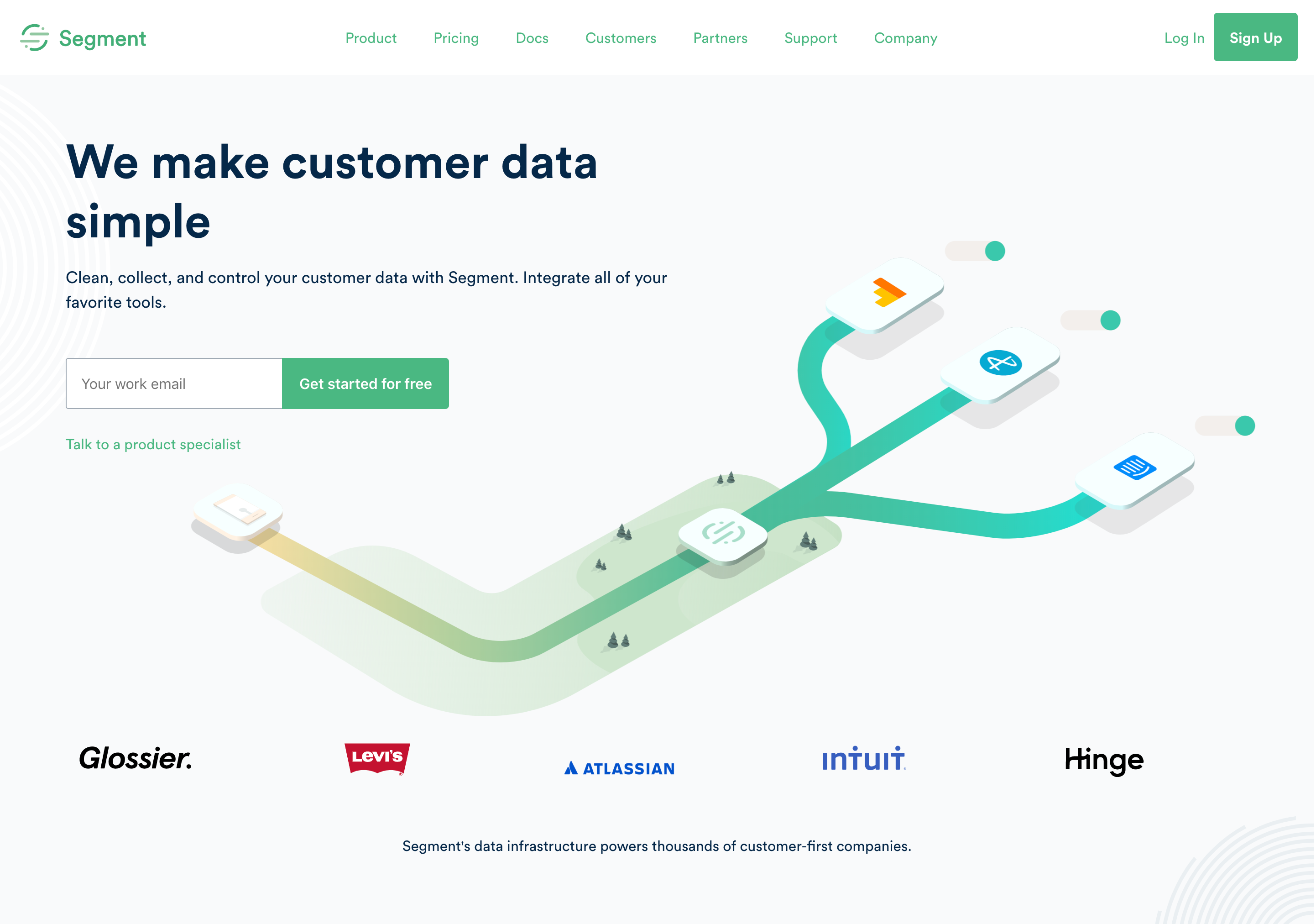
The data can then be used to create targeted nurturing marketing content that really hones in on the needs of your leads.
The more you know, the better.
Wrapping This Up!
Nurturing marketing is the act of creating targeted content for the leads in your sales funnel that will educate them and guide them towards a conversion.
This content can take on several forms, such as:
- Blog content
- Podcast episodes
- Videos
But the quickest way to start and automate your nurturing marketing is by using drip email campaigns.
You can support your nurturing marketing using tools like Loomly, Segment and Intercom.



